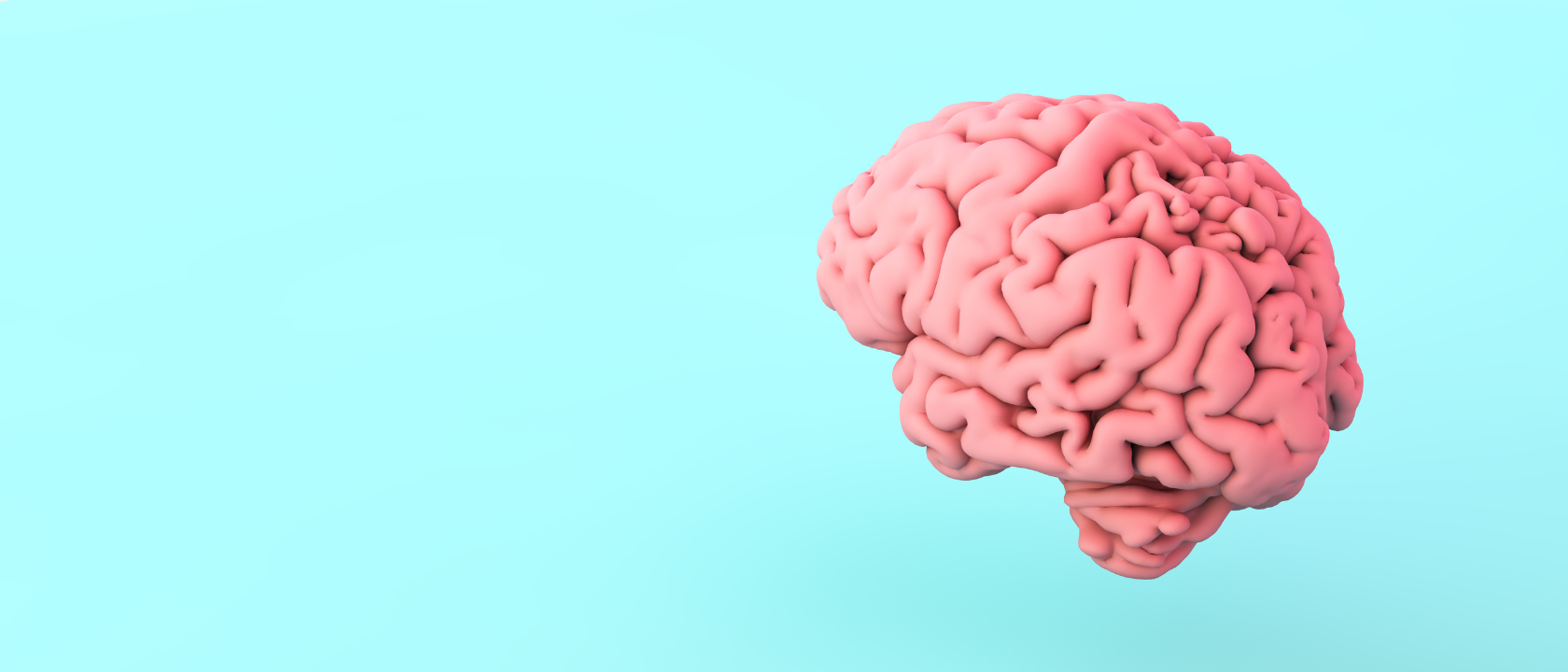All You Need to Know About Brain Donation
So did you know that you can donate your brain for purposes of neurological research? I mean, just your brain, if that’s your jam?
Donors may designate the Brain Donor Project as the recipient of their brain upon the event of their death. Separate though similar to organ or whole body donation, the Brain Donor Project (BDP) specifically receives brain tissue only via a simple process that may be completed at the funeral home by a collection specialist, 24/7.
The Brain Donor Project
The Brain Donor Project was begun by the family of Gene Armentrout, who was diagnosed with Lewy Body Dementia and later died in 2015. Gene’s intention had been to donate his body to science; when his family discovered that his brain could help research into the disease, they knew brain donation was the right choice. The Brain Donor Project was created in early 2016 in his memory, and Gene was its first formal donor.
The BDP is a designated 501 (c )(3) charitable foundation. It operates under a Board of Directors in affiliation with representatives of the National Institutes of Health, along with a nationwide network of brain banks established specifically for neurological research called the NeuroBioBank.
The Research
Whether donors have been diagnosed with a neurological disorder or not, researchers need and use brains of both types. A single brain can provide tissue samples sufficient to support hundreds of studies. Donated brains contribute to the body of medical knowledge which helps to diagnose, treat, and prevent many forms of neurological disorders including epilepsy, Multiple Sclerosis, and traumatic brain injuries.
How It Works
- Donors pre-register online with the Brain Donor Project. The BDP puts donors and their families in touch with the NeuroBioBank.
- The NBB will send forms which must be completed and returned.
- Details on the donation process and contact information are provided by the NBB so that when the time comes, next steps are clear.
- Upon death, contact the NBB brain bank using their round-the-clock contact number. Ideally, this should be done within the hour, as donations must be collected within 24 hours after death.
- The brain bank will coordinate transport of the body and removal of the brain by a recovery specialist. This can often be completed at the funeral home the family plans to use.
- The body is released to the family.
More Info
The process doesn’t interfere with funeral plans or the ability to have an open casket, as the brain is removed through the back of the skull. Most brain banks work closely with funeral homes and families to ensure that collection doesn’t impede or affect plans for funerals, cremation, or burials. After collection, if the family requests, a summary of neuropathological findings may be provided.
The Brain Donor Project maintains a blog which provides relevant news and information on the progress of donation, science, and research efforts. There’s also an extensive FAQ available on the BDP site which details the whole process.
With Americans’ lengthening lifespans and the likelihood of developing brain disorders or diseases increasing with age, neurological research is more crucial than ever. The Brain Donor Project meets a critical need.
Thanks, Gene.




